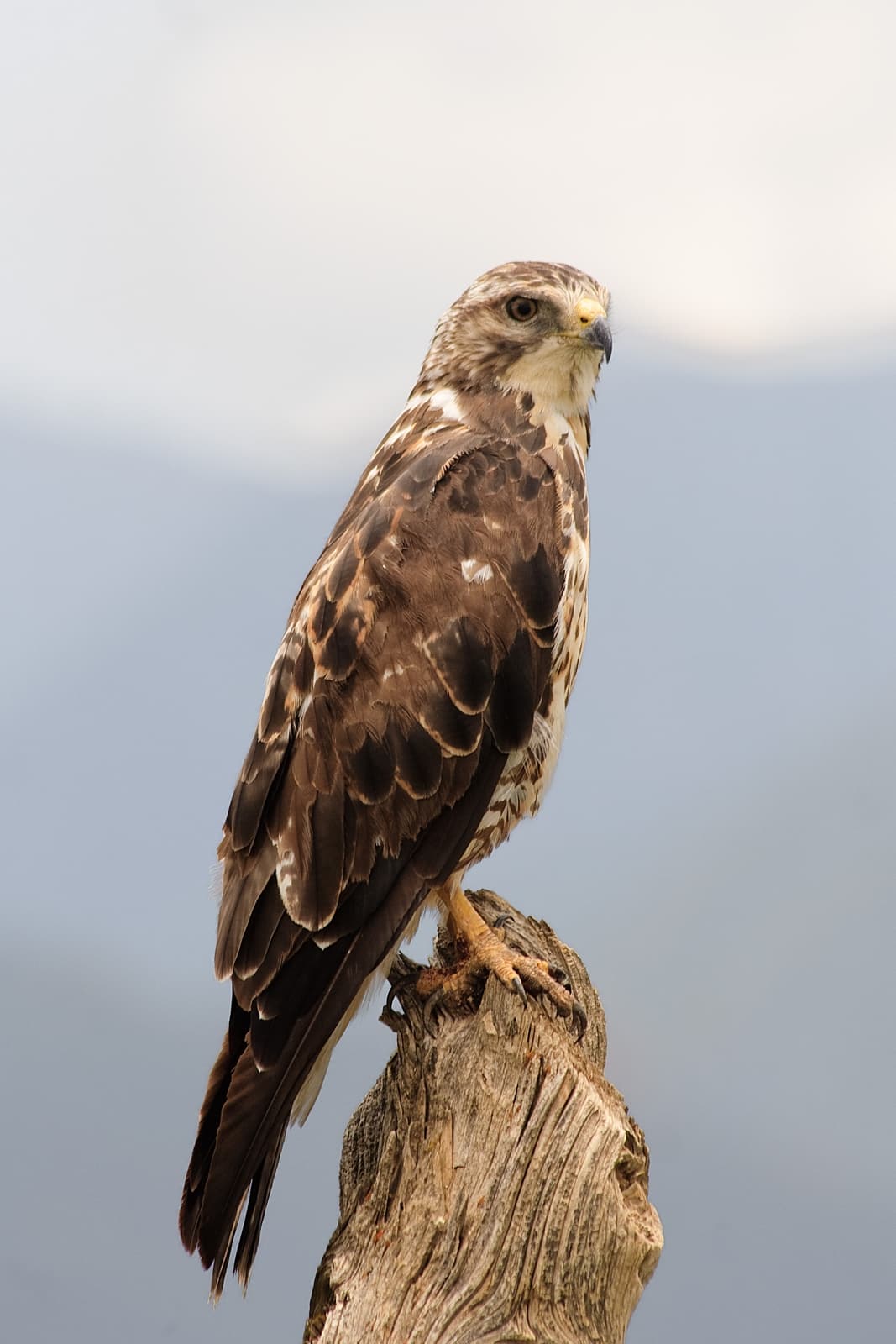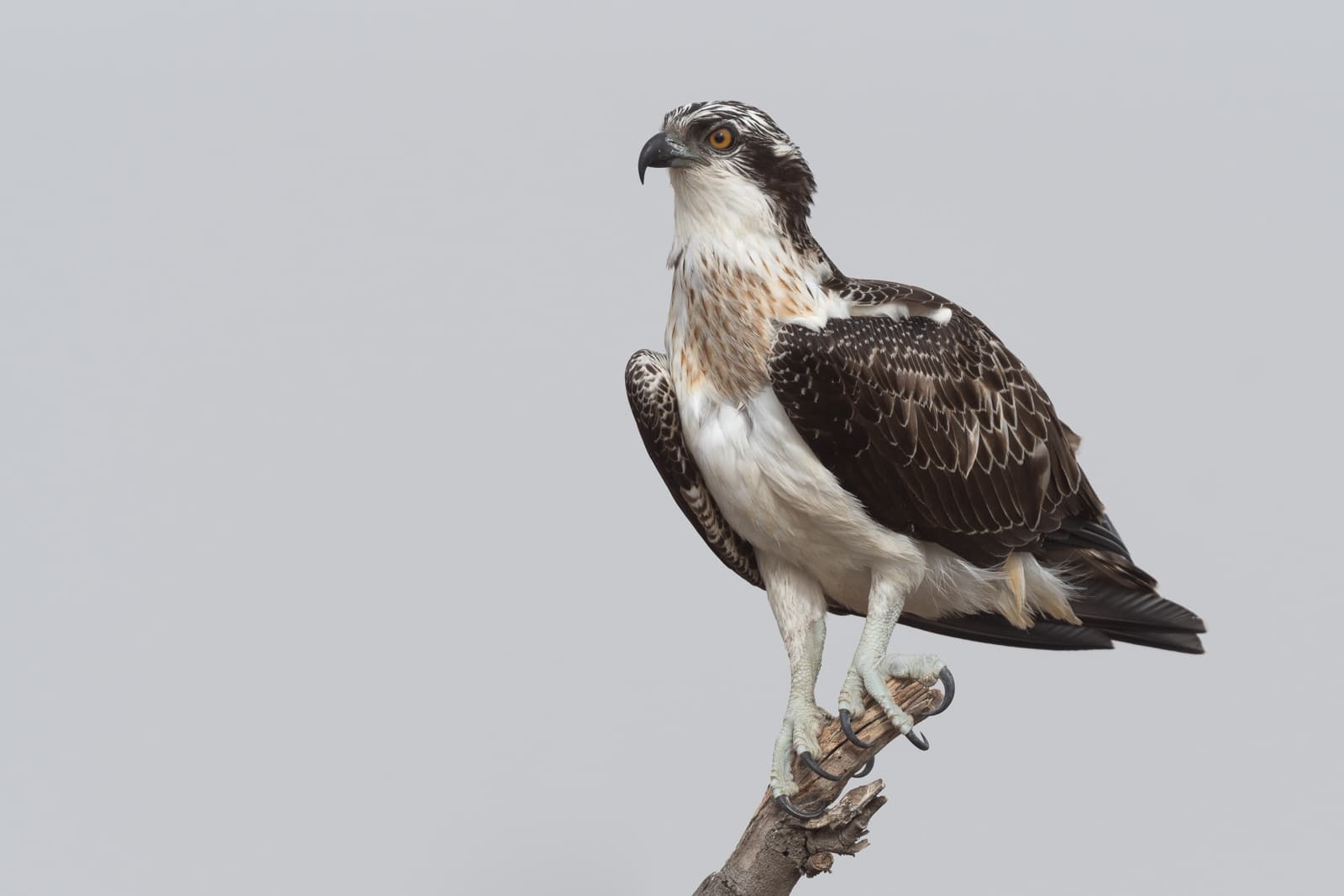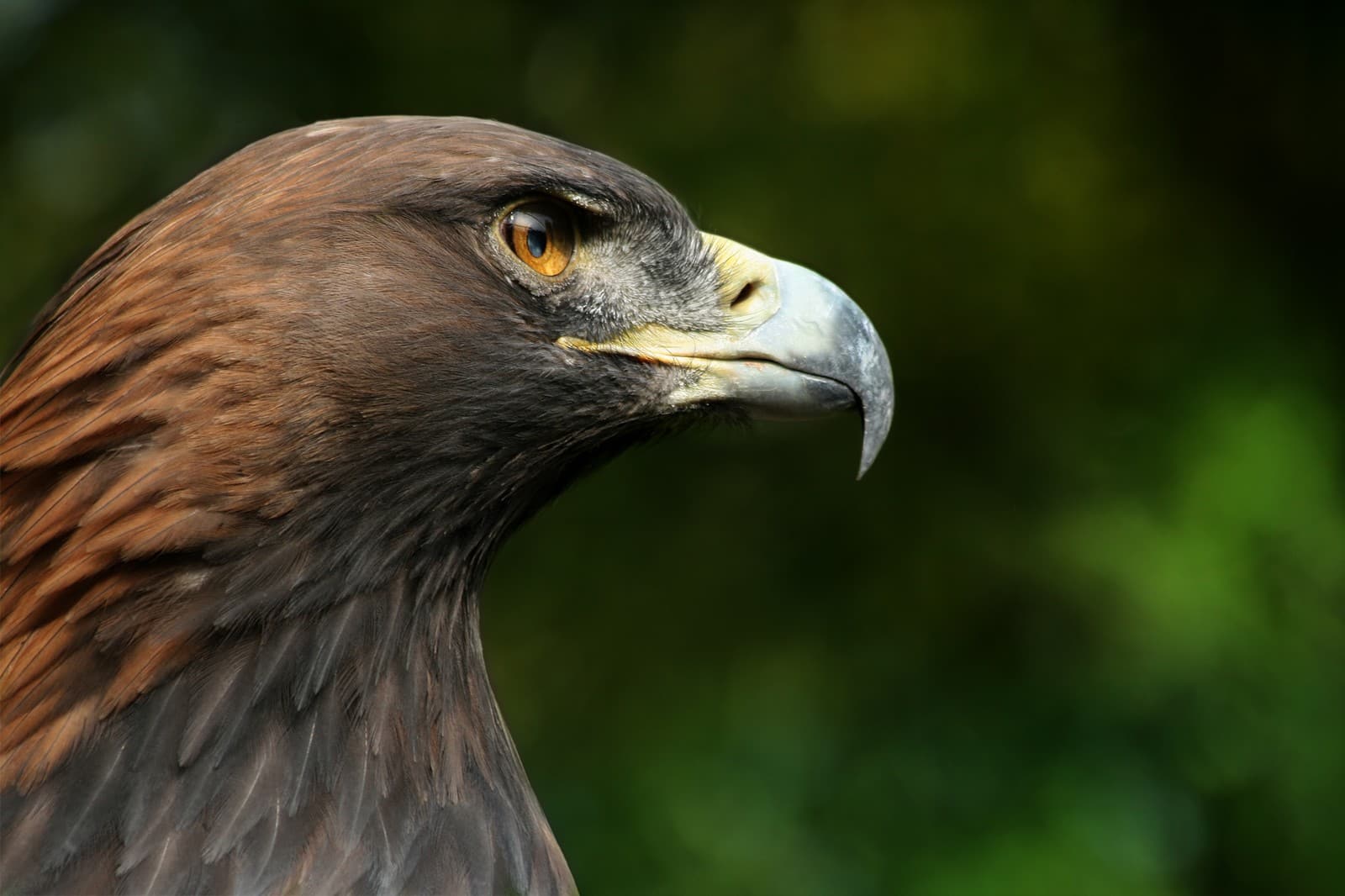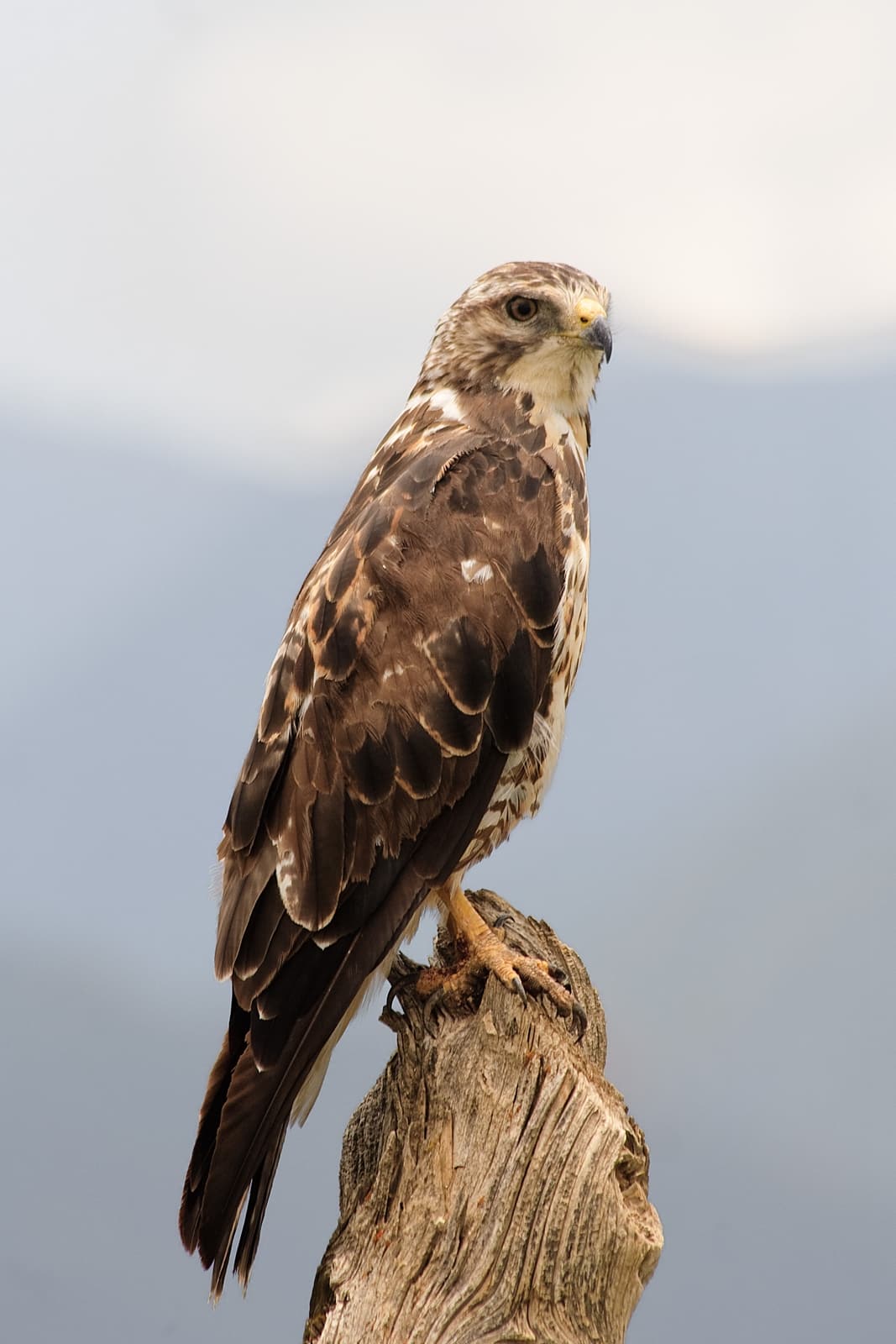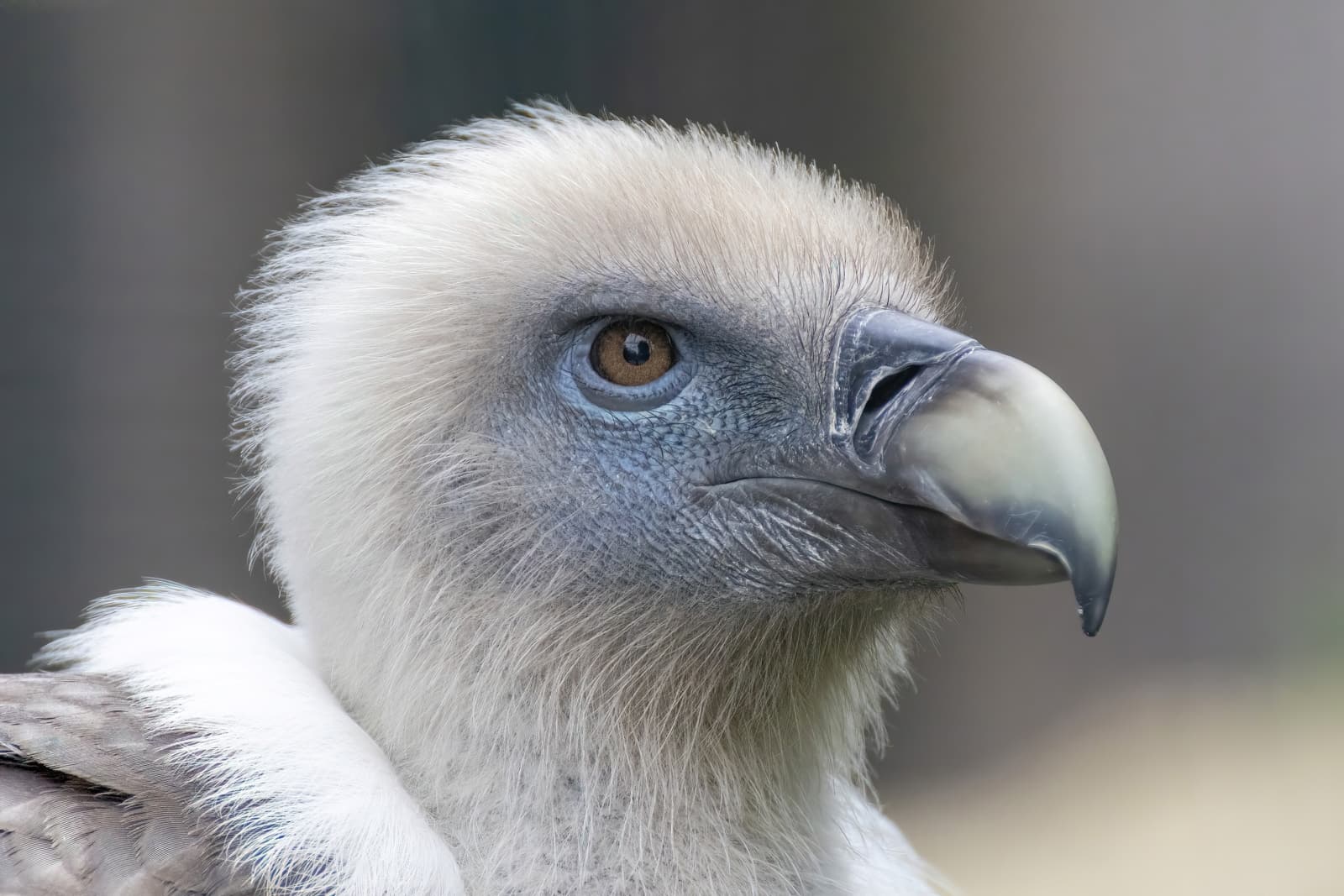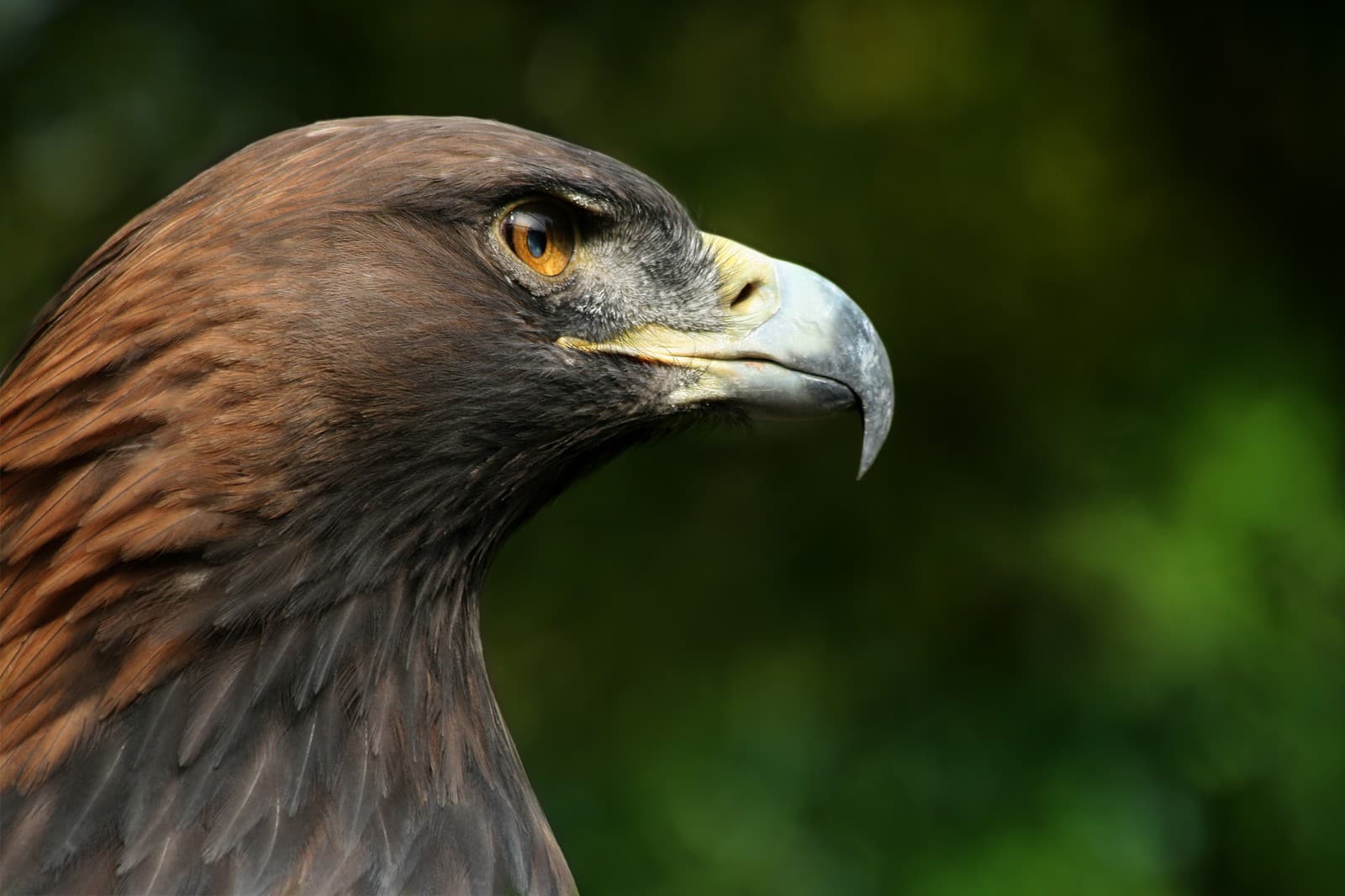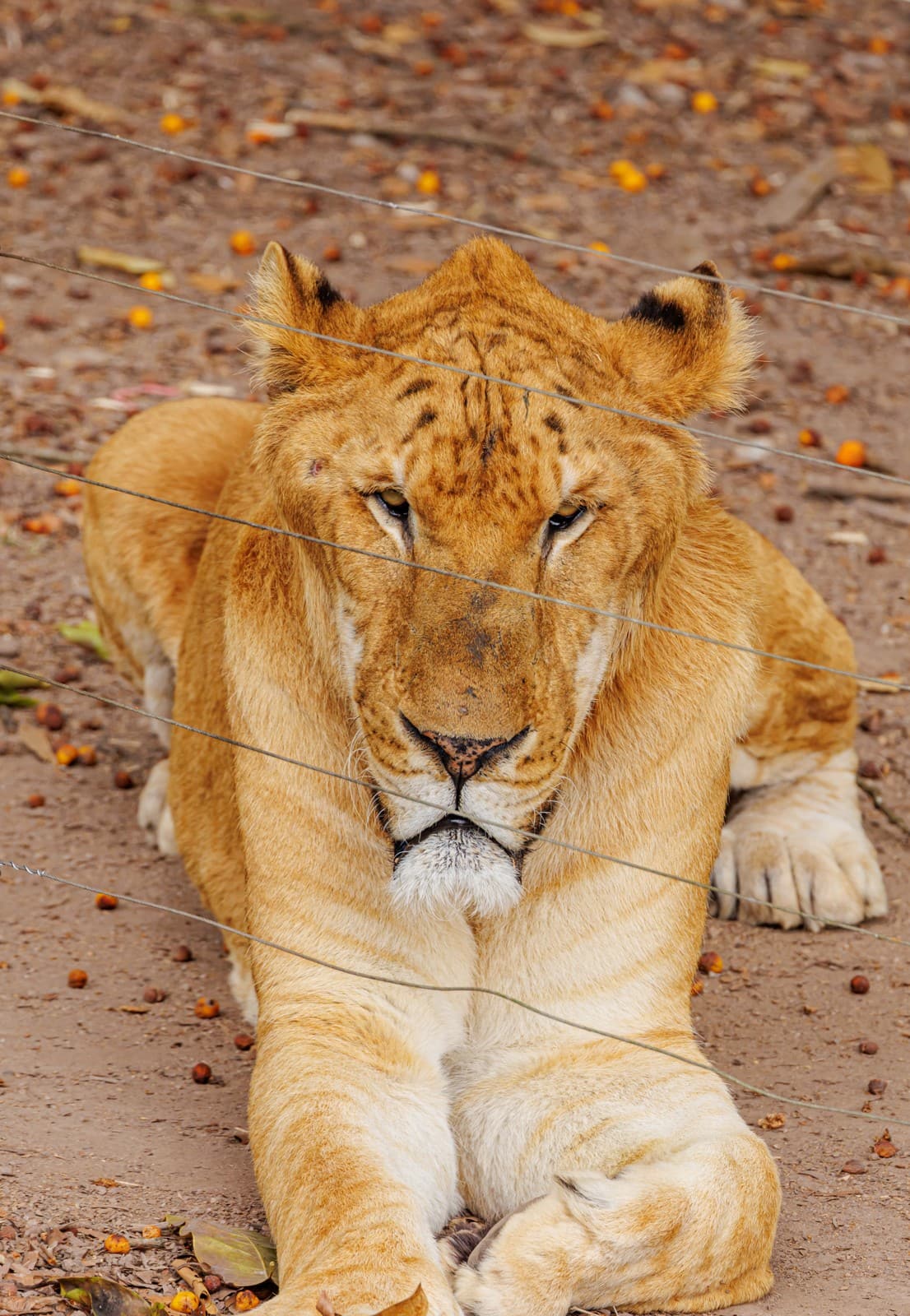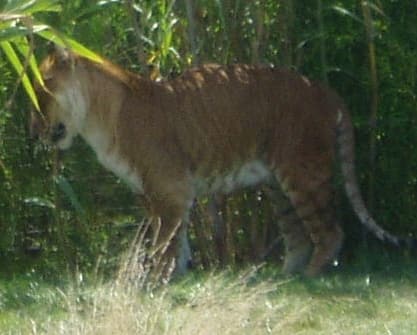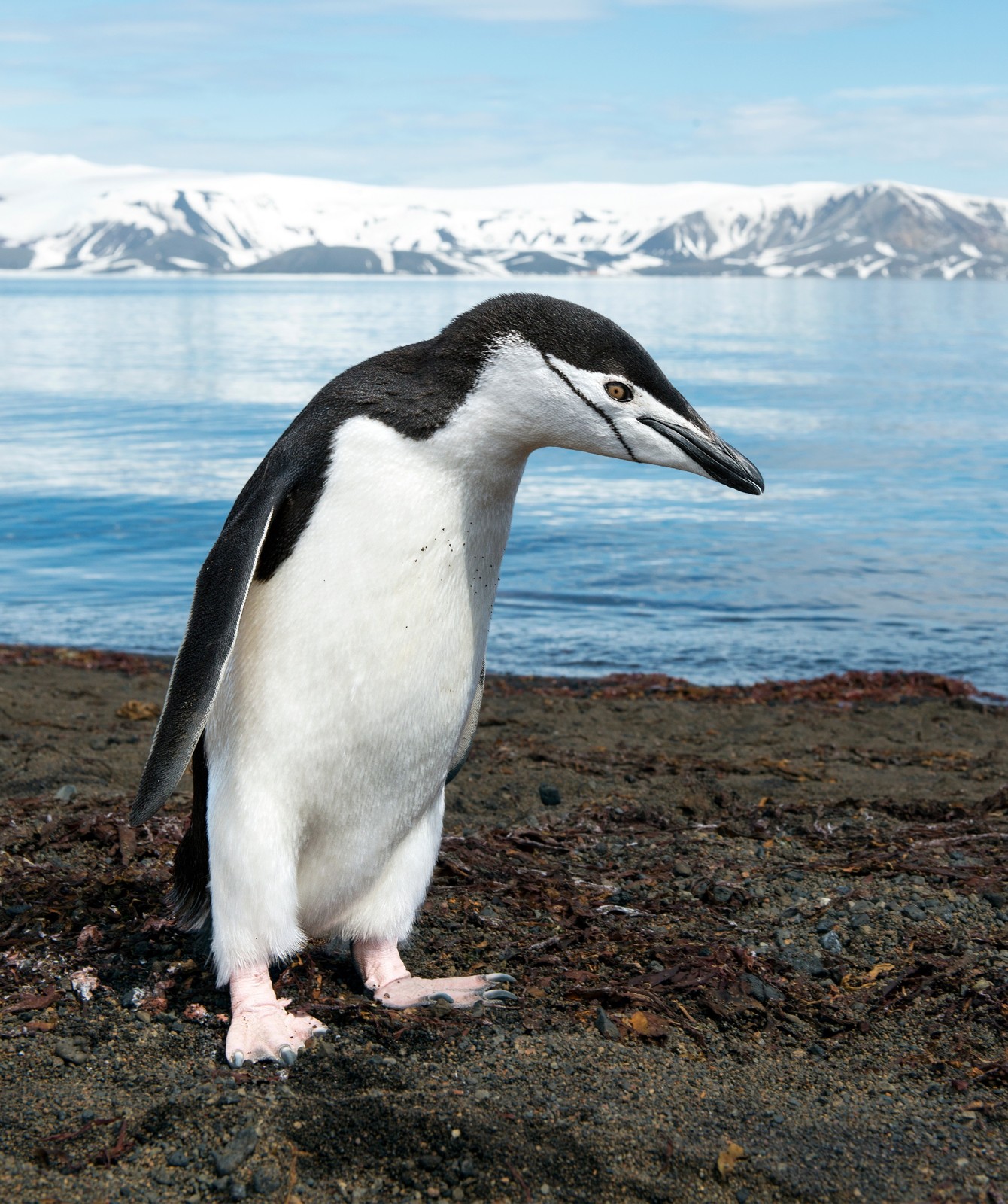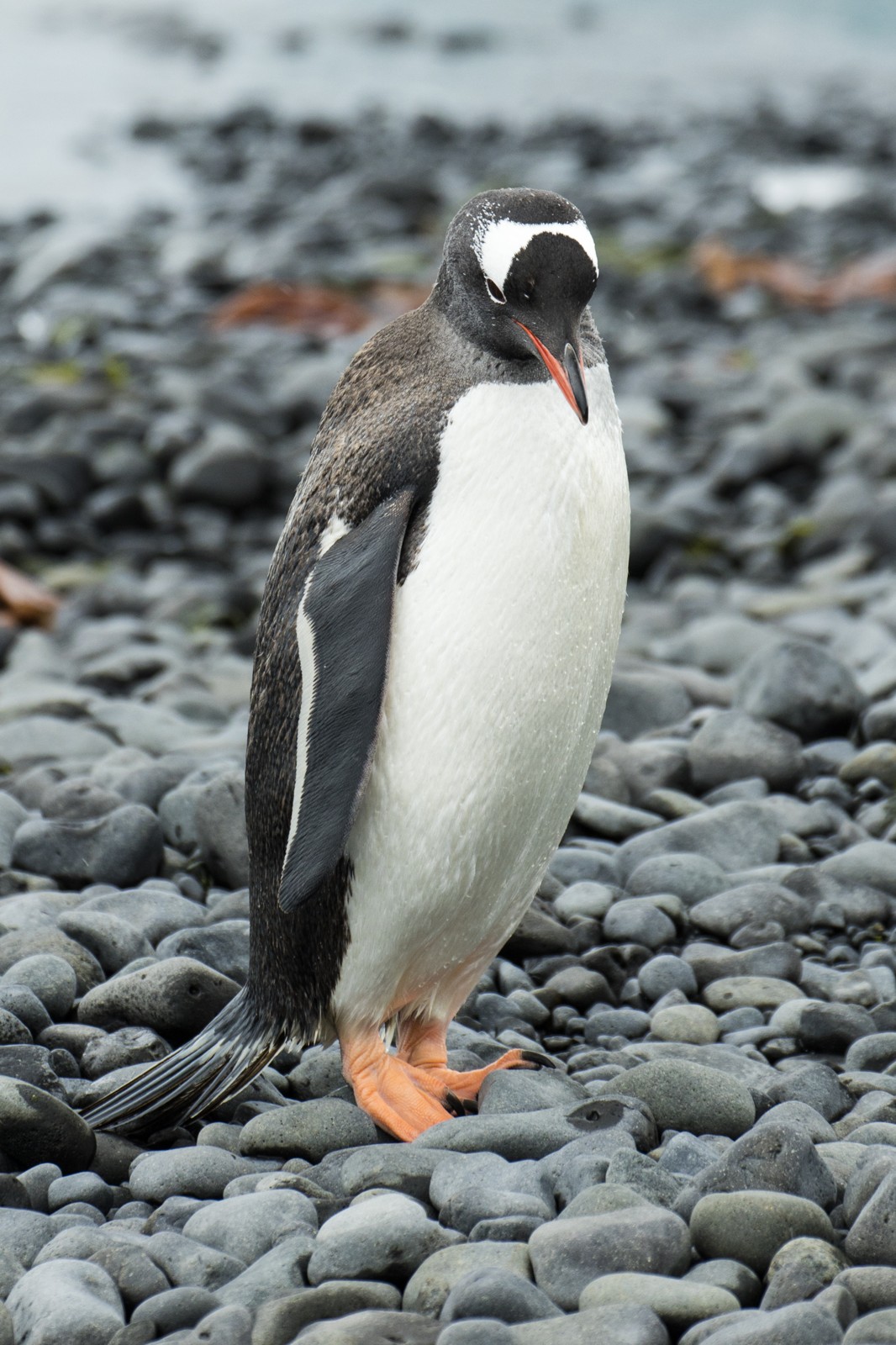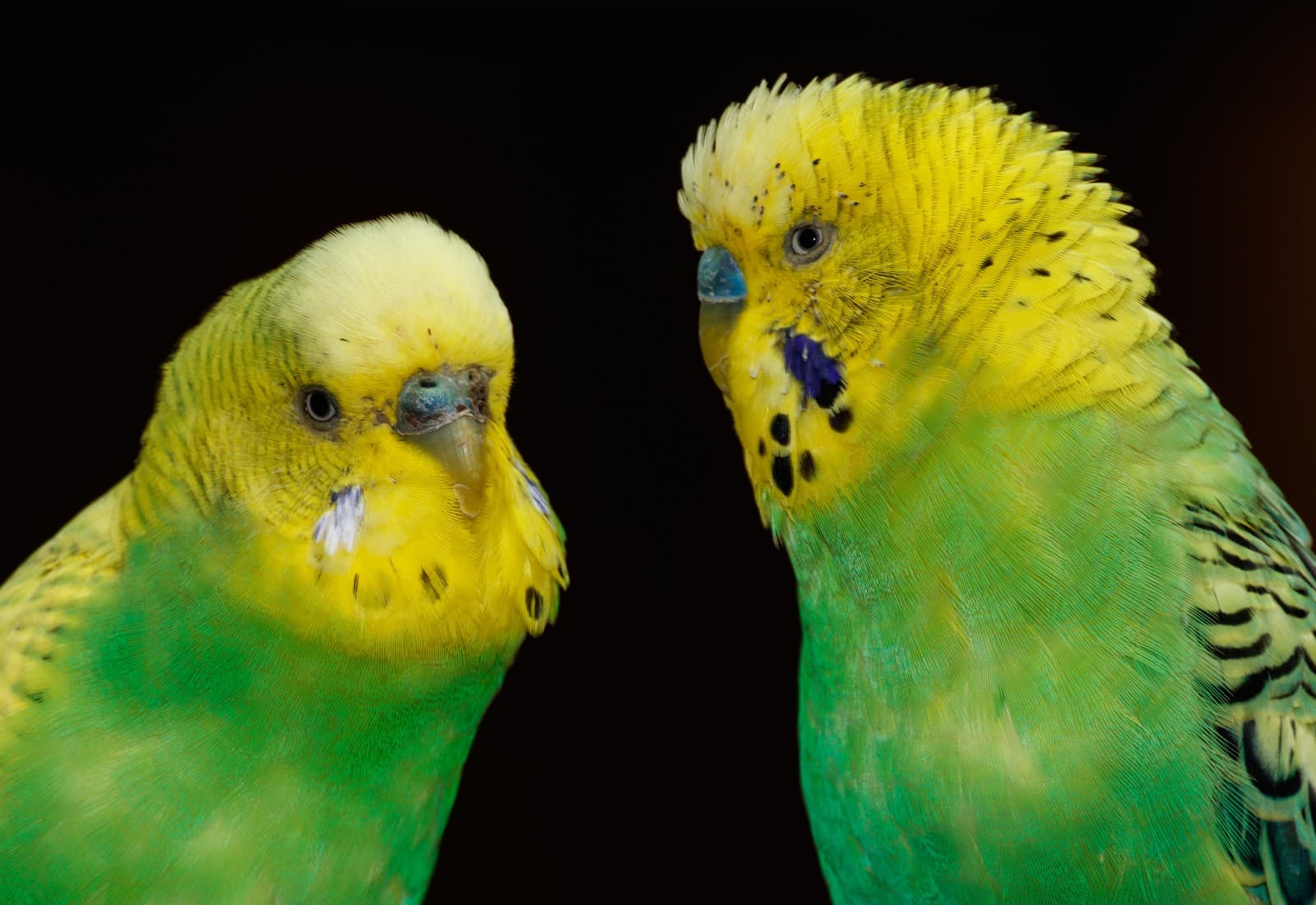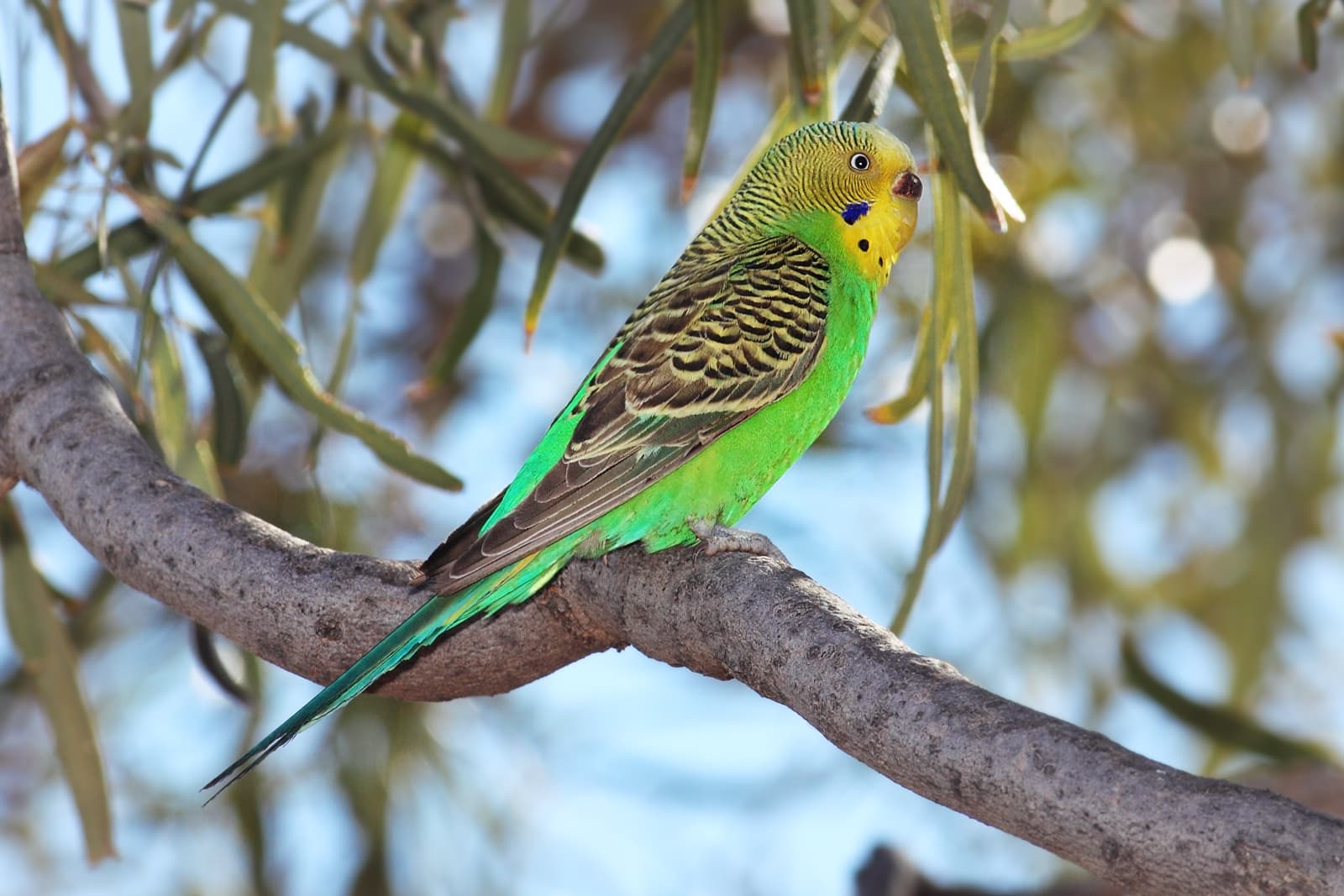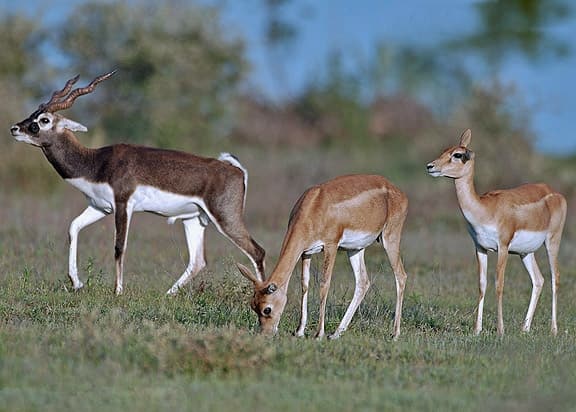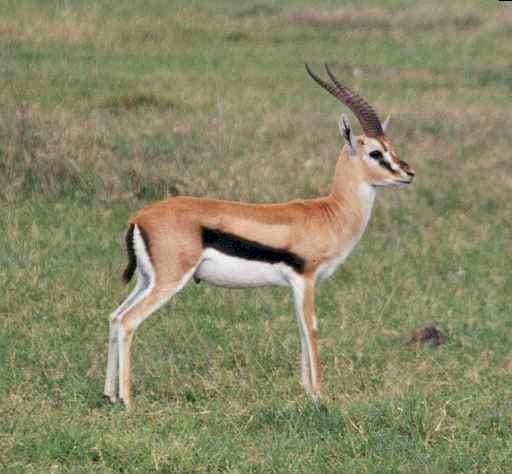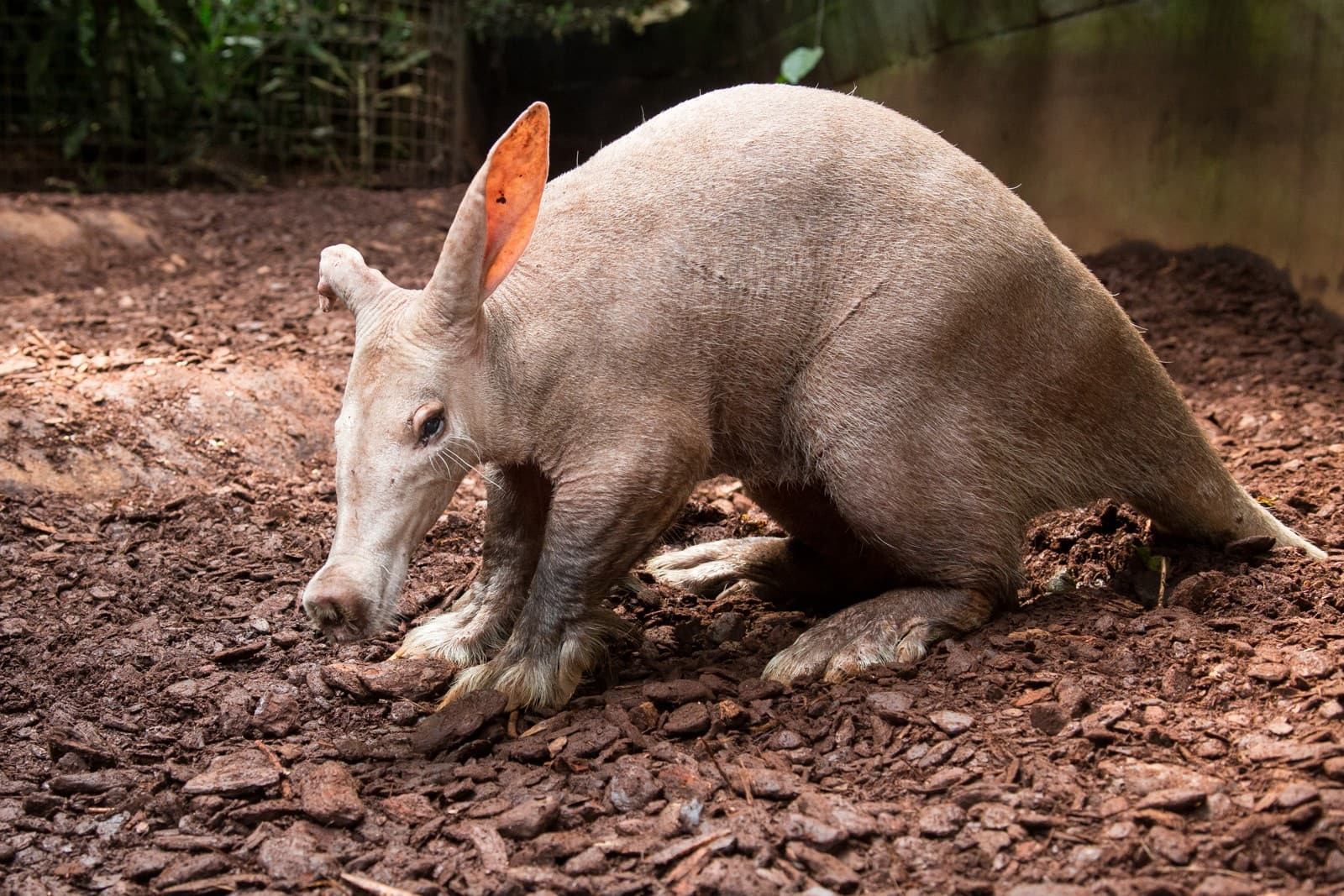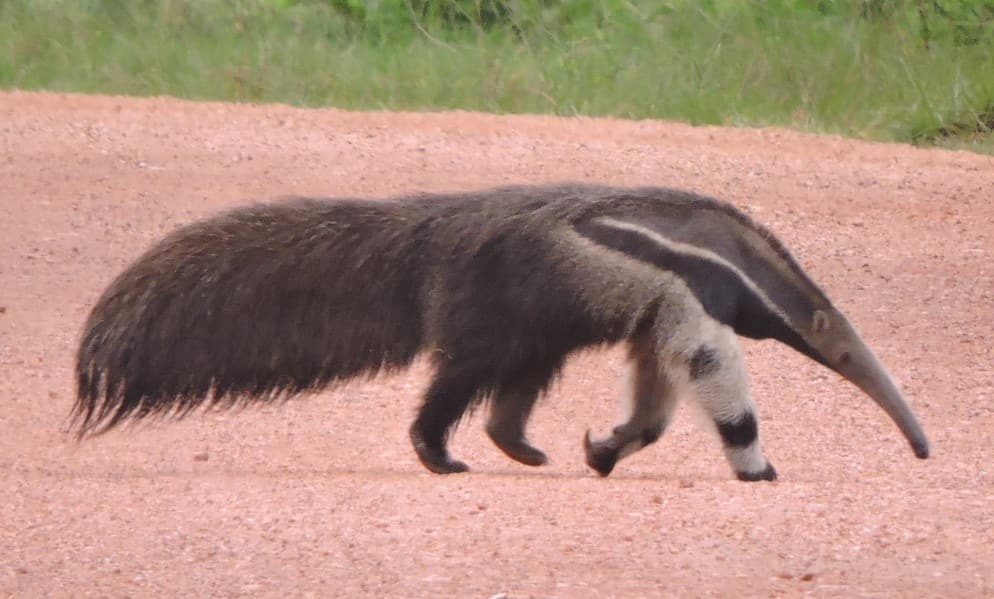Osprey vs Eagle: A Complete Comparison
When comparing Osprey vs Eagle, we’re examining two of nature’s most skilled aerial predators, each with remarkable specializations. While both are powerful raptors, Ospreys are specialized fish-hunters with a wingspan of 5-6 feet (1.5-1.8 m), while Eagles are more versatile predators typically sporting larger wingspans reaching up to 7.5 feet (2.3 m) in species like the Golden Eagle.
The most striking difference between these birds lies in their hunting adaptations. Ospreys possess uniquely specialized talons with reversible outer toes and spiny footpads for gripping slippery fish, while Eagles maintain more traditional raptor claws suited for a broader range of prey.
<img src=“/images/osprey-eagle_osprey.jpg” alt=“An Osprey hovers majestically against a clear blue sky, wings fully extended to display its impressive wingspan. The raptor’s distinctive black and white plumage shows clear contrast, with dark upper wings, speckled breast band, and bright white underparts. Its sharp, hooked beak and powerful talons are visible as it maintains position mid-flight. The bird’s wing feathers are spread wide, showing the characteristic bend at the “wrist” and the detailed pattern of its flight feathers. This hunting posture is typical of Ospreys as they scan waters below for fish, their primary prey. The crisp detail of the photograph captures every aspect of this skilled fisher’s aerial prowess.”>
The Osprey, often called the “fish hawk,” demonstrates its unique hunting style with wings positioned for the perfect dive. Note the distinctive black eye stripe and white underparts, adaptations that aid in fishing success.
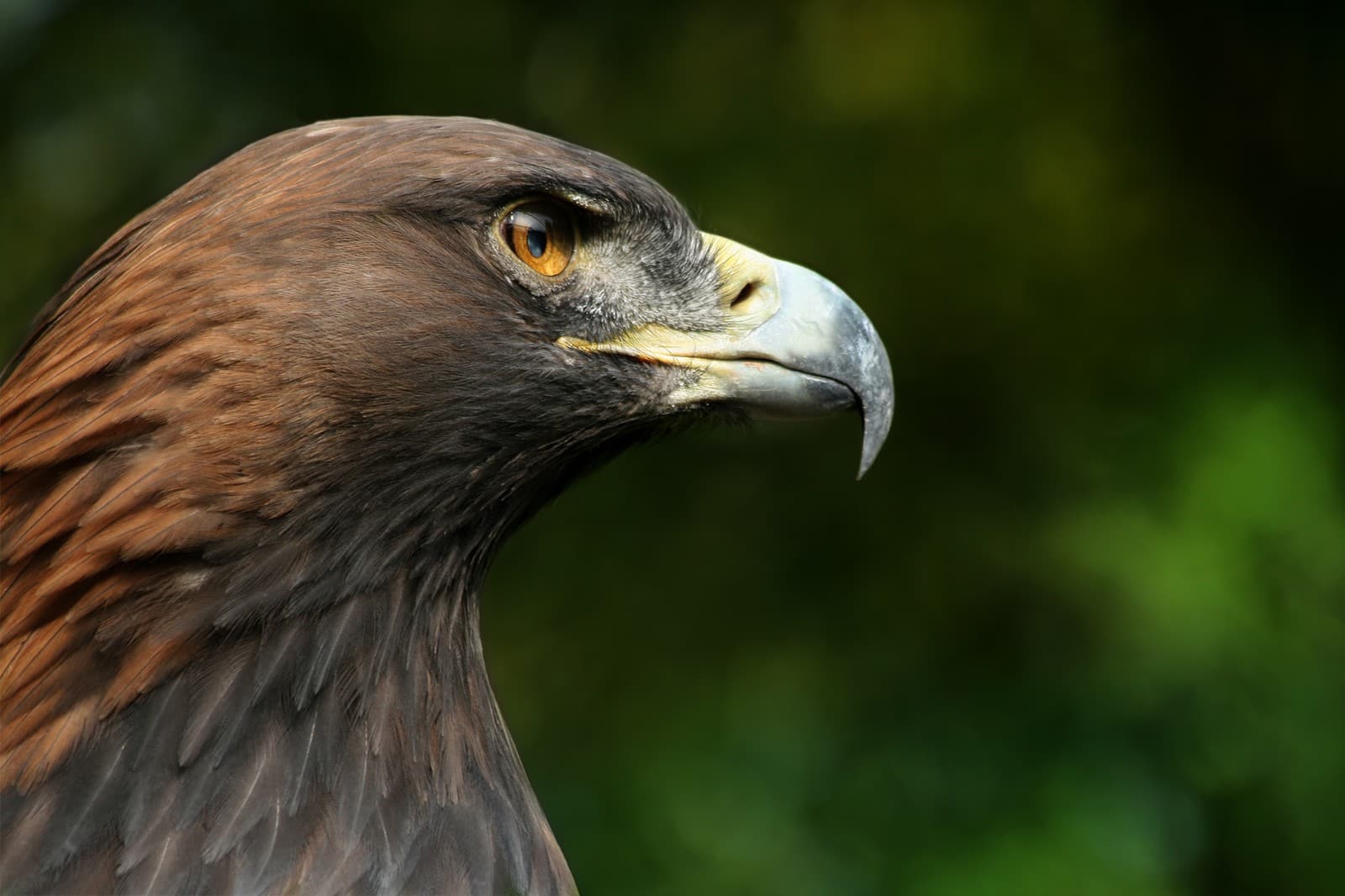
The Golden Eagle exemplifies the power and versatility of true eagles, with its robust beak and fierce expression indicating its position as an apex predator capable of taking diverse prey.
Key Differences: Osprey vs Eagle
| Feature | Osprey | Eagle |
|---|---|---|
| Wingspan | 5-6 feet (1.5-1.8 m) | 6-7.5 feet (1.8-2.3 m) |
| Weight | 3-4.4 lbs (1.4-2 kg) | 8-14 lbs (3.6-6.4 kg) |
| Diet | Almost exclusively fish | Varied: mammals, birds, fish |
| Hunting Style | Plunge-diving into water | Aerial pursuit and ground attacks |
| Foot Structure | Reversible outer toe, spiny pads | Traditional raptor talons |
| Global Distribution | All continents except Antarctica | Species-dependent, worldwide |
Hunting Techniques and Specialization
Ospreys are nature’s specialized fishermen, diving from heights of 30-100 feet (9-30 m) into water to catch prey. Their unique adaptations include:
- Dense, oily plumage that prevents waterlogging
- Reversible outer toe for better fish grip
- Specialized nostrils that close underwater
- Backward-facing scales on talons
Eagles employ more varied hunting strategies, including:
- High-speed aerial pursuit
- Surprise attacks from perches
- Ground-based hunting for mammals
- Occasional fishing (particularly in Bald Eagles)
Habitat and Distribution
Ospreys demonstrate remarkable adaptability to various aquatic environments:
- Coastal regions
- Lakes and rivers
- Artificial reservoirs
- Man-made structures near water
Eagles occupy diverse habitats depending on species:
- Mountain ranges
- Forests
- Coastal areas
- Tundra regions
- Desert landscapes
Physical Adaptations
Osprey Specializations
- White underparts for camouflage against sky
- Dark eye stripe reduces glare
- Highly curved talons for fish-grabbing
- Dense plumage for water protection
Eagle Adaptations
- Powerful beaks for tearing larger prey
- Broader wings for soaring
- Stronger grip force
- Variable plumage for habitat camouflage
Who Would Win in a Confrontation?
While direct confrontations are rare, Eagles generally dominate in territorial disputes due to:
- Larger size and mass (typically 2-3 times heavier)
- More powerful grip strength
- Greater aggressive tendency
- Broader combat experience with varied prey
However, Ospreys often successfully defend their nesting territories through agility and determination, particularly against smaller eagle species.
Conservation Status and Threats
Both birds face similar challenges:
- Habitat loss
- Water pollution affecting prey
- Human disturbance
- Power line collisions
- Climate change impacts
Conservation efforts have helped both species recover from historical declines, with particular success in:
- Nest platform programs
- Wetland protection
- Pesticide regulation
- Public education initiatives
Understanding the distinct characteristics of Osprey vs Eagle helps appreciate their unique roles in ecosystem balance and the importance of protecting both these magnificent aerial predators for future generations.
